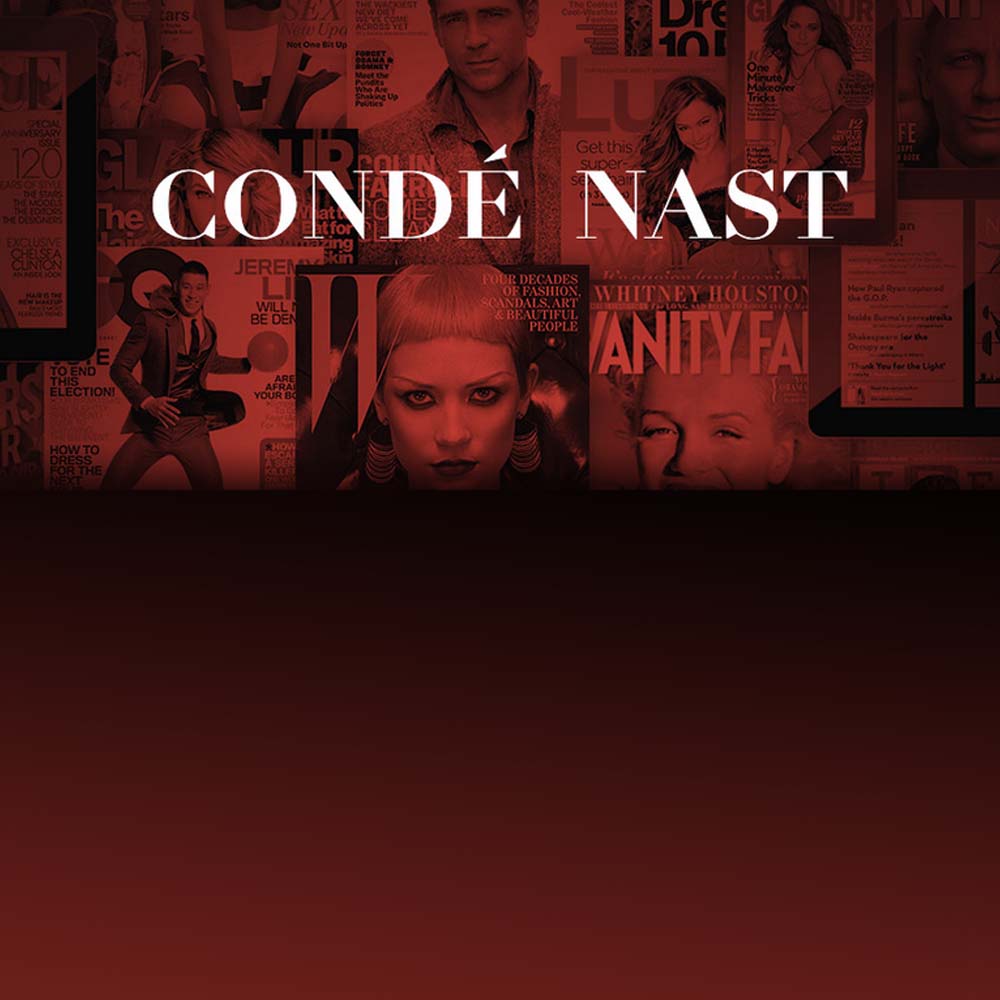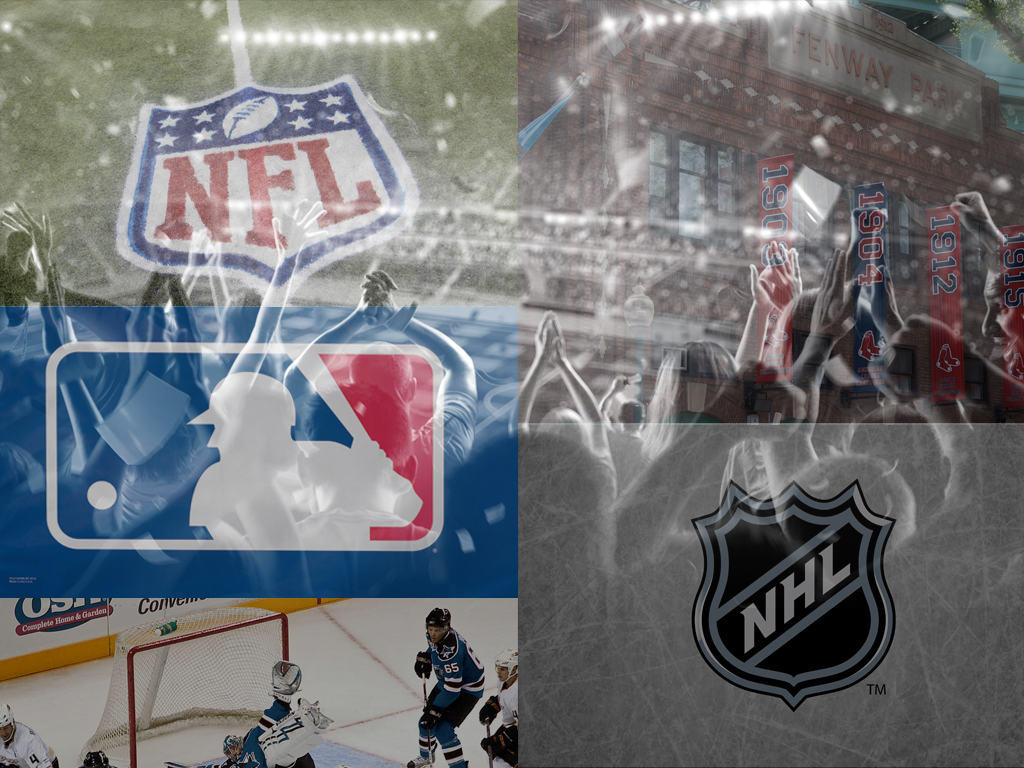Greek philosopher Heraclitus wrote about change as life’s constant centuries ago. Many brands have struggled or even failed to stay relevant through the years, while others have managed to remain relevant for decades. So how can you make your brand more relevant?
Umang Shah, Campbell’s global director of social and digital marketing, shared his own tips and takeaways on perpetual brand relevance at Advertising Week to help organizations of any size remain relevant to consumers.
The 5 Stages Of Brand Irrelevance
First, Shah said, brands must avoid what he called the Five Stages of Irrelevance.
Stage 1: Success
Per Shah, the point when a brand actually has success and money is where it then has the ability to make bad decisions. He pointed to platforms like MySpace and Friendster as great examples.
“These platforms reached a point of success, but the difference between Facebook and MySpace was Facebook focused on giving users a certain set of features, but MySpace had a bunch of features,” Shah said.
Stage 2: Complacency
“If you’re successful and you have lightning in a bottle and it works, you might not necessarily be looking forward and continuing to be successful,” Shah said. “You probably did a bunch of things wrong and you did one thing right.”
Blackberry is a good illustration of this concept.
“I remember when I would not have believed that Blackberry was not going to be in everyone’s pocket forever,” Shah said. “They also thought that everyone was always going to use Blackberry, so they didn’t have to open up their messenger platform. They figured everyone would come to them.”
Stage 3: Out of Touch
If your brand focuses more on itself than its audience, the brand loses sight of who that audience is, Shah said.
“It’s not so much about what we do as a business to be successful, but what is it our users get out of business with us?” Shah asked.
Case in point: Union Pacific is a brand that cares about trains and tracks, but users of the railroad care about getting from Point A to B, Shah said.
“If Union Pacific had focused more on the transportation aspect than infrastructure, it might be relevant to us today,” Shah said. “It might have brought us Uber. There’s always an opportunity to continue to evolve and the best organizations are focused on providing the best experience to users.”
Stage 4: Panic
At this stage, a brand has had great success at one point in time, but it is not a market leader anymore and starts to freak out and overreact, Shah said. Pointing to the Aztek model from Pontiac, Shah said it was “largely considered the worst auto launch in history” and he called it “the ugliest car out there.”
“Pontiac was going through the Phases of Irrelevance and knowing that SUVs and crossovers were gaining adoption, they went crazy and listened to everyone else and decided they had the solution,” Shah said. “They went crazy and we ended up with this product. But they didn’t hit on the most important point, which is understanding their audience and creating a product they care about.”
Stage 5: Obsolescence
By this stage, Shah said brands have either corrected along the way or become obsolete.
“There are a number of different technologies out there that prove this out,” Shah said. “If throughout those stages you don’t make the right decisions – whether it’s beta, HD or DVD – you become obsolete.”
10 Ways to Make Your Brand More Relevant
Don’t let your brand become irrelevant. Here are 10 tips for perpetual brand relevance from Shah.
1. Make Hard Decisions
“When a brand has success and money, it can make easy decisions, but it’s important to always look at the problem/campaign and evaluate if it is doing what’s right or easy,” Shah said.
For example, Noma, which is considered to be one of the best restaurants in the world, will close its doors for a year in order to continue to provide a product that’s relevant, interesting and that people want to come back for, Shah said.
“They want to create an experience that remains #1 and you don’t do that by sitting around,” he said.
2. Stay Fearless
Smaller organizations like startups have no choice but to take risks and do interesting things, according to Shah.
“Look at Tesla. There are a million reasons you shouldn’t start a car company in your garage and compete with BMW and Porsche, but they had a vision and didn’t allow all those millions of reasons why they shouldn’t scare them away from doing what they believed in and now they do have a product that beats a lot of competitors,” Shah said. “You don’t create a car with ‘insane mode’ if you’re not fearless.”
3. Put Audience Above All
While advertisers like to talk about content marketing and digital marketing terms, but Shah said that it’s really about the brand’s audience at the end of the day.
“Everything else doesn’t really matter. In my current role at Campbell’s, we have a platform called Campbell’s Kitchen and we have the ability to create lots of different experiences,” Shah said.
4. Put Brand Above Product
Shah also said every organization has the ability to focus on its brand above its products, pointing to Apple’s timeless ad messaging in which themes like bringing music to consumers wherever they are remains relevant ten to 15 years after the ads originally ran. “It allows them to continue to evolve the product line to match the brand,” he said.
5. Surround Yourself With The Right People
The right people can include the smartest talent, greatest creative agencies or right technical partners, but it could also mean competitors.
Pointing to the McWhopper Burger King proposed for Peace Day on September 21, Shah called the failed venture a “sad but great example of an opportunity to do something unexpected.”
“Burger King did what you didn’t expect them to do and McDonald’s did what you’d expect,” Shah said. “This was a huge opportunity for both brands to benefit, but in choosing to work with only themselves, McDonald’s lost out.”
6. Vote with Your Money
Shah said brands should create budgets and encourage their teams to invest in the right kinds of projects. Like, for example, Campbell’s is teaming up with Amazon Echo on a branded effort that will reportedly offer recipe suggestions.
“It resonated so much and had so much potential to connect with users in a compelling way,” Shah said. “I chose to pull money away from an existing project because it was not the safest thing to do, but it felt right.”
7. Force Failure
Campbell’s has a marketing innovation lab in which it encourages employees to “come up with cool, interesting ideas that wouldn’t have gotten funded through traditional channels,” Shah said.
To ensure the brand gets “the newest, most innovative thinking,” Shah said there’s a mandate that a certain number of these ideas fail.
“It’s about creating an environment where people understand that taking risks and failing isn’t a bad thing,” he added.
8. Play The User Card
Shah said it is important for brands to focus on users and for marketers to be comfortable with saying to their bosses, “This doesn’t make sense,” or, “This isn’t good for who we’re trying to sell products to.”
9. Get Out Of The Way
It’s also important for leaders to establish a vision and then let it go to either internal or external contributors, like Coca-Cola did when fans set up a Facebook page and the brand invited them to help build out its community, Shah said.
“It’s hard for us as large organizations or even small organizations to do that,” Shah said. “But there’s no sense in fighting the current.”
10. Change The Vernacular
The reason the industry has come up with so many buzzwords is because it has lost its way, Shah said. Don Draper was creating content, but he didn’t call it content marketing, he added.
“I think we need to rethink what our current terms mean and think about success and failure,” Shah said. “Stop thinking of failure as the F word. Google shut down Google Glass, but there’s no one at Google who thinks Glass is a failure because it is being rolled into so many projects and it was a great idea and they will get tons of value out of it, just not in the manifestation you see it now.”
What’s your take on Shah’s tip for perpetual brand relevance?


